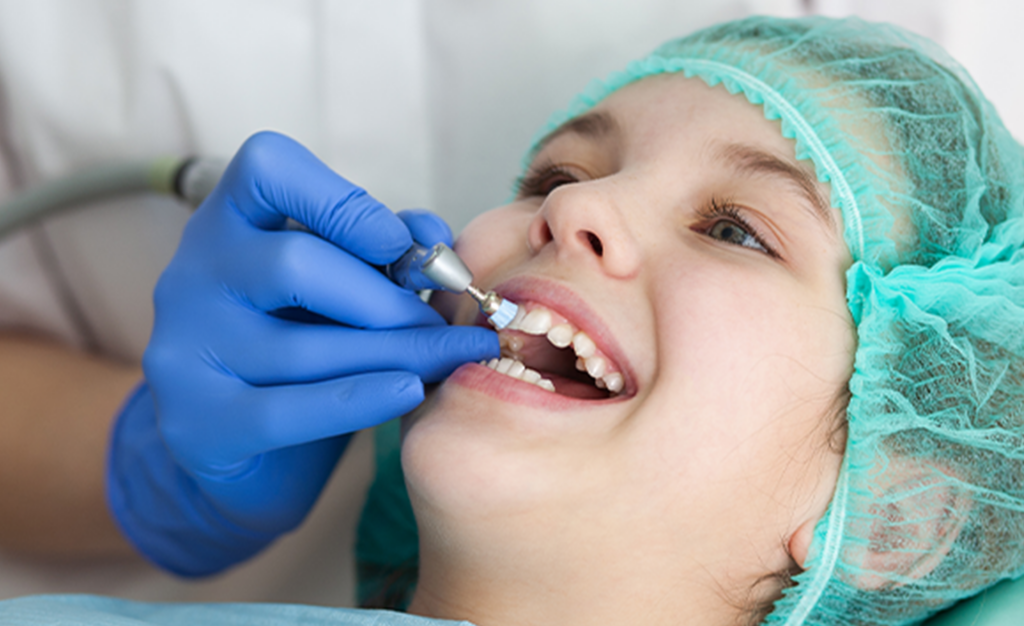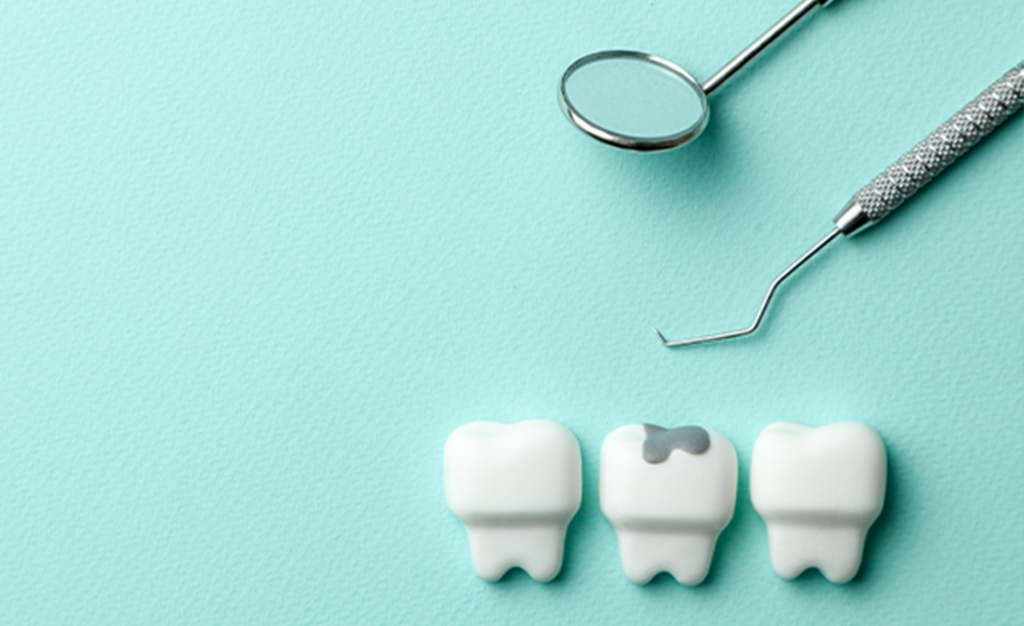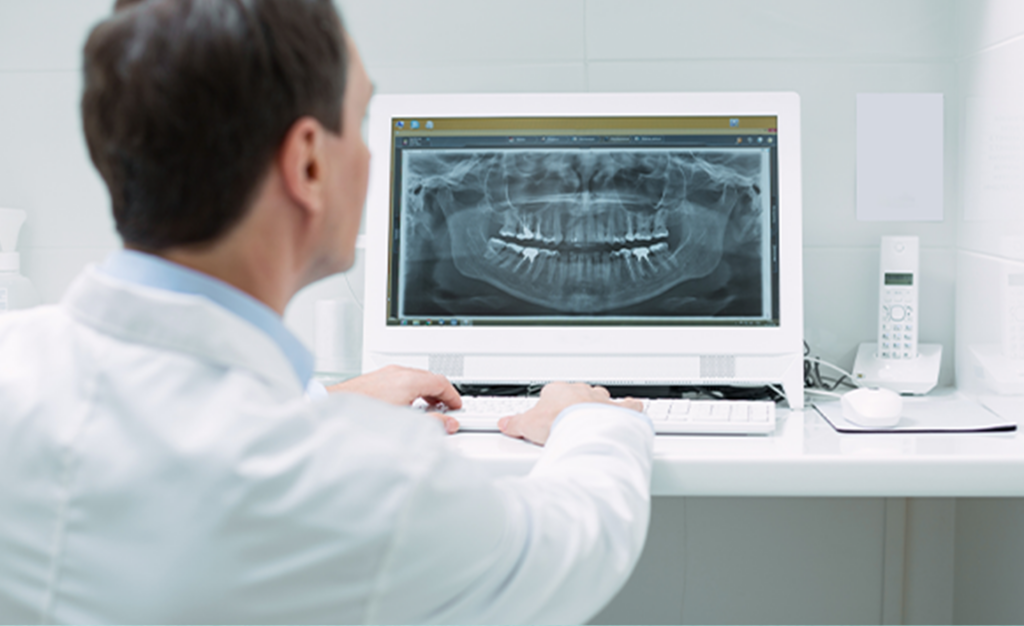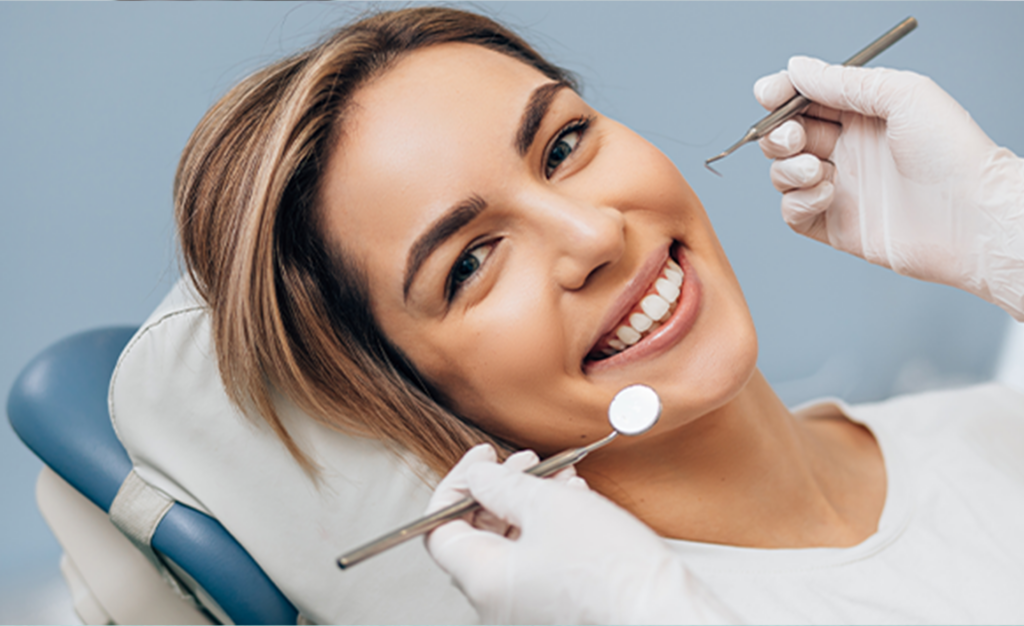
Are you waking up with an itchy throat and feeling out of sorts even when it’s fabulous winter weather outside?
Well, flu season is upon us too. Getting a flu shot, washing your hands often, and avoiding ill people are common-sense precautions. But there’s one overlooked aspect of flu prevention and recovery: good oral health.
As if the cold and other symptoms of the flu weren’t bad enough, it can also affect your oral health.
Let’s explore the mysterious connection between the flu and your dental health.
How Does The Flu Affect Your Dental Health?
Dental health isn’t a priority when you have the flu. Perhaps you’ll think:
What does the flu have to do with my teeth?
But it can affect your dental health. Your oral health can be a strong indication of your immune system.
Flu or influenza is a contagious respiratory virus that affects millions annually. If you have the flu, some symptoms that you might experience are fever, sore throat, cough, nasal congestion, aches, fatigue, vomiting, and diarrhea.
Flu can be deadly for those with immature or compromised Immune systems. Flu can cause further complications such as pneumonia, brain, heart, and muscle inflammation, organ shutdown, and even a life-threatening emergency such as sepsis. Flu can cause death, but many are still unaware of its connection to the mouth. This disease causes havoc to the body and your mouth simultaneously.
With a healthy immune system, influenza can be cleared from your body in as little as two days. But for most, and those with weakened immune systems, the virus can remain for up to 14 days or two weeks.
Influenza is spread by the contamination of respiratory droplets that originate from your nasal passages. So, your mouth is the first carrier of the flu and any contact with it will spread the virus.
Because the flu affects all body systems, here are some flu-related dental problems.
Dry Mouth
Nasal congestion is a common flu symptom during the winter. The change in your voice or speech patterns makes it “sound like you have a pretty awful cold.”
Congestion can affect oral health. First, nasal congestion can cause dry mouth, especially while sleeping. When blocked, you must breathe through your mouth. Congestion can block nasal passages, causing snoring. Snoring dries out the mouth, which promotes bacterial growth and cavities.
Also, the drier your mouth, the less saliva you have to help break down food and wash away particles that could cause cavities and gum disease. Second, decongestants and antihistamines can cause dry mouth according to the Mayo Clinic.
So, dry mouth increases the risk of gum disease and tooth decay. It also makes chewing and swallowing harder.
Sinusitis
A cold virus increases the risk of sinusitis, an infection that can put pressure on your sinus cavities above your back teeth, making it seem like a tooth infection. If the symptoms persist, your doctor may prescribe antibiotics.
Toothache
A toothache can be painful. What most people don’t realize is that a sinus virus may cause sudden, unexpected tooth pain. If it’s the flu, things get miserable fast.
Upper tooth pain, especially if it affects multiple teeth, and tenderness around your sinuses may be signs of the cold virus or bacterial infection.
When you breathe through your mouth while you’re awake or asleep, you increase your risk of cavities. This is because saliva is crucial to control the bacteria in your mouth. Congestion can also cause post-nasal drip, allowing the mucus to drip down the back of your throat. This causes bacteria deposits in your throat, causing inflammation and pain. The nasal and sinus congestion cause swelling, which can put pressure on the nerves causing tooth or jaw pain.
Our Top Dental Health Tips For The Flu Season
Your oral health may not be on your mind during the cold and flu season. But the flu can affect your mouth adversely. Here are our simple but effective tips that can keep your teeth healthy while you’re sick with the flu.
- Brush And Floss Daily
The best flu prevention starts with your mouth. Good oral hygiene involves flossing after meals and brushing twice daily.
Leaving food in your mouth and under your gums allows harmful bacteria to enter your bloodstream. Your body must fight this bacterium once it enters your bloodstream. This can tire the immune system and reduce its ability to fight off infections like the flu.
However, even if you’re weak and exhausted because of the flu, it’s crucial to brush and floss daily. This helps control mouth bacteria and reduces congestion-related bad breath and dry mouth.
People usually brush for 30 seconds. Brush your teeth for 2 to 3 minutes daily, including your tongue.
- Discard Your Toothbrush
The flu virus lives in your mucus, so it contacts your mouth every day you’re infected. People with the flu don’t stop brushing their teeth if they’re vomiting frequently.
Your toothbrush becomes a harbor of infection. The flu virus can live on toothbrushes for 48 hours, according to the CDC. If you’re sick, don’t share your toothbrush to avoid spreading the virus.
If you brush your teeth twice a day or more, the virus can live on your toothbrush and harm your health each time of used. After the flu or another illness, toss your old toothbrush immediately and replace it with a new toothbrush. Reinfection is possible, especially if your immune system is weak.
Here are some infection-fighting toothbrush tips for preventing the flu this winter:
- After brushing, rinse the toothbrush and let it air-dry in an upright position.
- Wash your hands before and after brushing and flossing to avoid bacteria from entering the mouth.
- Never share toothbrushes with anyone. Keep all household members’ toothbrushes separate from one another to prevent cross-contamination and the spreading of germs.
- Sterilize your toothbrush once a week by placing it in a few inches of water in a microwave-safe container and heating it for 2-3 minutes.
- Don’t share toothbrushes with others in the household. Keep each member’s toothbrushes separate from each other to prevent cross-contamination and germ spread.
- The ADA suggests replacing your toothbrush every 3-4 months. Toss any used toothbrush after an illness like the flu infection. Even after being rinsed, toothbrushes can harbor pathogens, according to the Centers for Disease Control and Prevention (CDC). In weakened immune systems, a flu strain can reinfect. This is more common with bacterial infections like strep throat. To avoid reinfection, discard a toothbrush used during illness.
- Hydrate Your Body
When sick, your body needs extra fluid to fight infection. A dry mouth is common when breathing through the nose is difficult. A dry mouth can cause cavities and gum disease because saliva controls cavity-causing bacteria.
We have always recommended hydration to those suffering from the cold and flu. Cold and flu medications can dry the mouth and throat. Plaque and cavity bacteria love dry mouths. Increasing your fluid intake helps your healing process while combating dry mouth. Drinking water, soup, and juice will help during flu infection.
Fever can cause dehydration, which worsens fatigue and aches, including tooth pain. Sip from a water bottle often throughout the day. This is especially important at night, so you can immediately rehydrate if you wake up with a dry mouth. Drinking water often helps keep your mouth moist while also hydrating your body.
- Do The Salt-Water Gargle And Rinse Your Mouth Often
Dissolve salt water in warm water and gargle. This helps reduce bad breath and plaque by reducing harmful bacteria in your mouth and throat. It can also reduce inflammation and relieve pain.
Vomiting is a nasty flu side effect. Vomiting causes tooth decay as it exposes teeth to stomach acid, which erodes the enamel. Rinse and spit with water and baking soda to dilute the acids.
- Opt For Sugar-Free Medications
Many cold and flu medications are loaded with sugar to “help the medicine go down.” Sugar can cause tooth decay and gum damage, even with medication.
It’s worth it to find medication with alternative sweeteners or to brush and rinse afterward.
Buy medications that are sugar-free or sweetened with xylitol or sucralose. If you can’t find sugar-free or low-sugar alternatives for your medications, brush or rinse after taking them. If your medicine is acidic, wait for at least 30 minutes before brushing to allow your enamel to harden.
Continue to take your medications. Sugar-free cough drops or vitamin lozenges help in salivation production. Nasal decongestants help keep airways open and reduce dry mouth symptoms because of medication.
Good Oral Hygiene Can Prevent The Flu
Flu prevention starts with good oral hygiene. It should be part of a comprehensive health-preservation plan.
It’s empowering to know how oral hygiene can help or hinder your healing while fighting this illness.
You may want to lie in bed and rest during the flu season. But dental routines are important during this time. Don’t give the bacteria a chance to build up. Get your dental checkups and cleanings.
Disclaimer: We routinely draw upon public health resources to inform our write-ups. Information in this article may be drawn up from multiple public health sources, including:
American Dental Association’s MouthHealthy.org
California Dental Association
American Dental Association’s Action for Dental Health
Centers for Disease Control & Prevention
Webmd
Healthline
Laser Dentistry





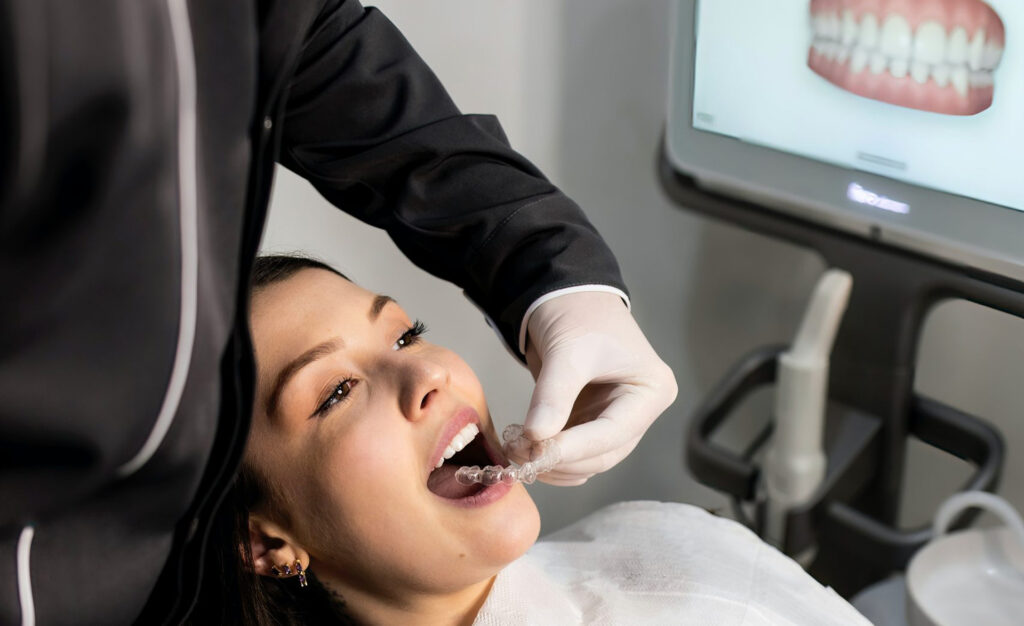
 Figure 1
Figure 1 Figure 2:
Figure 2: Figure 3:
Figure 3: Figure 4:
Figure 4: Figure 5:
Figure 5: Figure 6:
Figure 6: